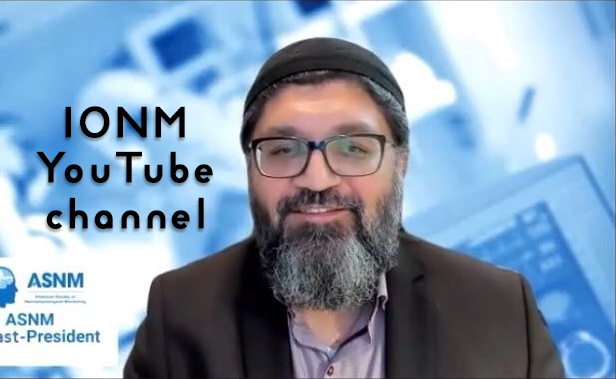The Indispensable Role of Intraoperative Neurophysiological Monitoring in Tethered Cord Release Surgeries
DOI:
https://doi.org/10.5281/zenodo.13952961Keywords:
ionm, emg, mep, tcemep, ssep, bcr, tcr, tcs, neuromonitoring, neurophysiology, split cord, spina bifida occulta, tethered cord, surgeryAbstract
Untethering of the spinal cord is performed to surgically treat abnormal spinal cord fixation, which tends to arise from conditions such as spina bifida, spinal dysmorphisms (including diastematomyelia, lipomyelomeningocele, and myelomeningocele), trauma, or tumors. This fixation often leads to complications known as Tethered Cord Syndrome (TCS), where the spinal cord becomes abnormally anchored, resulting in restricted mobility and progressive neurological deficits [1]. Surgical untethering aims to prevent further damage or potentially reverse symptoms, with intraoperative neuromonitoring (IONM) playing a vital role in distinguishing functional neural tissue from fibrous tissue to reduce the risk of nerve damage.
References
Jahangiri, F. R. (2024). ACN 6375/HCS 6375: IONM special topics [Lecture slides and didactical presentation]. The University of Texas at Dallas.
Lew, S. M., & Kothbauer, K. F. (2007). Tethered cord syndrome: An updated review. Pediatric Neurosurgery, 43(3), 236–248. https://doi.org/10.1159/000098836.
Sarris, C. E., Tomei, K. L., Carmel, P. W., & Gandhi, C. D. (2012). Lipomyelomeningocele: Pathology, treatment, and outcomes. Neurosurgical Focus, 33(4), E3. https://doi.org/10.3171/2012.8.FOCUS12246.
Kothbauer, K. F., & Novak, K. (2004). Intraoperative monitoring for tethered cord surgery: An update. Neurosurgical Focus, 16(2), E1. https://doi.org/10.3171/foc.2004.16.2.1.
Jahangiri, F. R., Asdi, R. A., Tarasiewicz, I., & Azzubi, M. (2019). Intraoperative triggered electromyography recordings from the external urethral sphincter muscles during spine surgeries. Cureus, 11(6), e4867. https://doi.org/10.7759/cureus.4867.
Kothbauer, K. F., & Deletis, V. (2010). Intraoperative neurophysiology of the conus medullaris and cauda equina. Child's Nervous System, 26(2), 247–253. https://doi.org/10.1007/s00381-009-1002-0.
Kobets, A. J., Oliver, J., Cohen, A., Jallo, G. I., & Groves, M. L. (2021). Split cord malformation and tethered cord syndrome: Case series with long-term follow-up and literature review. Child's Nervous System, 37(4), 1301–1306. https://doi.org/10.1007/s00381-020-04978-9.
Pouratian, N., Elias, W. J., Jane Jr., J. A., Phillips II, L. H., & Jane Sr., J. A. (2010). Electrophysiologically guided untethering of secondary tethered spinal cord syndrome. Neurosurgical Focus, 29(1), E3. https://doi.org/10.3171/2010.3.FOCUS1038.
Downloads
Published
How to Cite
Issue
Section
License
Copyright (c) 2024 J of Neurophysiological Monitoring

This work is licensed under a Creative Commons Attribution 4.0 International License.





